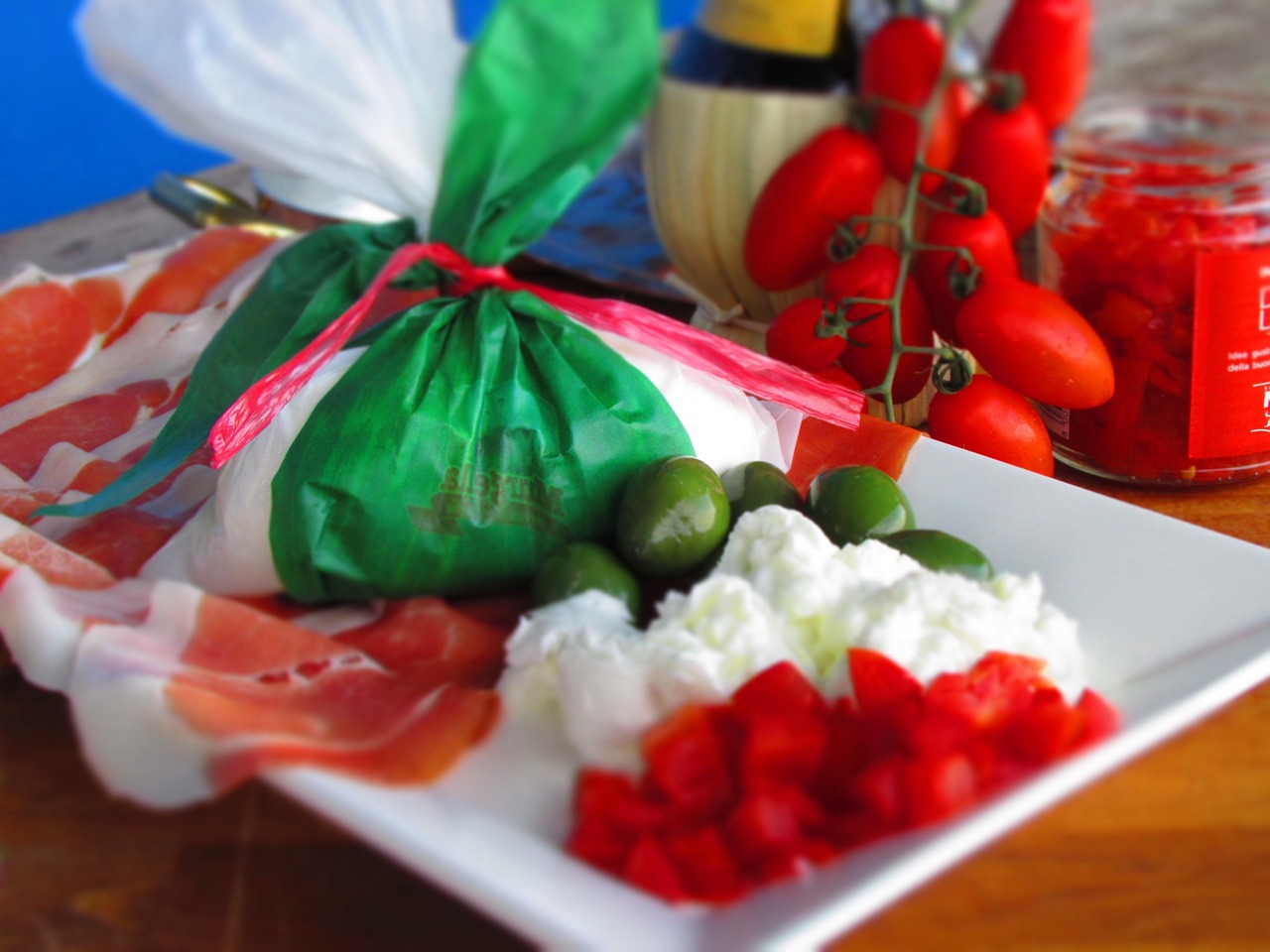Ever wondered if indulging in that creamy, dreamy burrata cheese is actually good for you? You’re not alone. This luxurious Italian cheese has taken the culinary world by storm, but beyond its rich texture and delicate flavor lies a surprising nutritional profile.
In this article, we’ll break down burrata’s nutrition facts, explore its health benefits, and provide practical tips on how to enjoy it without overdoing it. Whether you’re a cheese lover or a health-conscious foodie, you’ll walk away with a fresh perspective on this decadent dairy delight.
What Is Burrata? A Quick Introduction
Before diving into its nutrition, let’s clarify what burrata actually is.
-
Origin: Hailing from Italy’s Puglia region, burrata means “buttered” in Italian—fitting for its rich taste.
-
Composition: It consists of a mozzarella shell filled with stracciatella (shredded mozzarella) and cream, giving it an ultra-creamy center.
-
Texture & Flavor: Unlike regular mozzarella, burrata is softer, silkier, and slightly tangy due to the fresh cream.
Now, let’s get into what makes it nutritionally unique.
Burrata Nutrition: Breaking Down the Facts
A typical serving of burrata (about 100g) contains:
| Nutrient | Amount | % Daily Value (DV) |
|---|---|---|
| Calories | 300 kcal | 15% |
| Fat | 25g | 38% |
| Saturated Fat | 16g | 80% |
| Protein | 12g | 24% |
| Calcium | 300mg | 30% |
| Vitamin A | 500 IU | 10% |
| Sodium | 400mg | 17% |
Key Nutritional Takeaways:
✅ High in Protein – Supports muscle repair and keeps you full longer.
✅ Rich in Calcium – Essential for bone health.
✅ Source of Vitamin A – Promotes healthy vision and immunity.
⚠️ High in Saturated Fat – Best enjoyed in moderation.
Health Benefits of Burrata (Yes, There Are Some!)
While burrata isn’t a “health food,” it does offer some surprising perks when consumed mindfully.
1. Supports Bone Health
Thanks to its calcium content, burrata helps maintain strong bones and teeth. Pair it with vitamin D-rich foods (like salmon or eggs) for better absorption.
2. Provides High-Quality Protein
With 12g of protein per serving, burrata can aid in muscle recovery—great for post-workout meals.
3. Boosts Mood & Brain Function
Dairy contains tryptophan, an amino acid that helps produce serotonin (the “happy hormone”).
4. Contains Healthy Fats (In Moderation)
While high in saturated fat, burrata also has some monounsaturated fats (like those in olive oil), which support heart health when balanced with a Mediterranean-style diet.
Potential Downsides of Burrata
Like any rich cheese, there are a few things to watch out for:
❌ High in Calories & Saturated Fat – Overconsumption may contribute to weight gain or heart issues.
❌ Lactose Content – Not ideal for those with severe lactose intolerance.
❌ High Sodium – May be a concern for people with hypertension.
Who Should Avoid Burrata?
-
Those with high cholesterol or heart disease (unless eaten sparingly).
-
Strict low-fat dieters.
-
Vegans or lactose-intolerant individuals (though some tolerate it better than other cheeses).
How to Enjoy Burrata Without Overindulging
You don’t have to give up burrata—just enjoy it smarter. Here’s how:
1. Opt for Smaller Portions
-
Stick to 1-2 oz per serving (about the size of a golf ball).
-
Pair with fiber-rich foods (like arugula, tomatoes, or whole-grain bread) to balance the fat content.
2. Choose Nutrient-Dense Pairings
Instead of loading up on crackers, try:
🍅 Caprese salad (burrata + tomatoes + basil + balsamic glaze)
🥗 Grain bowls (farro, roasted veggies, and a dollop of burrata)
🍞 Whole-grain toast with smashed avocado and burrata
3. Balance Your Meal
If you’re having burrata as an appetizer, opt for a lighter main course (like grilled fish or a veggie stir-fry).
4. Watch the Add-Ons
Drizzling olive oil? Skip the extra salt—burrata is already salty.
Burrata vs. Mozzarella: Which Is Healthier?
| Factor | Burrata | Mozzarella |
|---|---|---|
| Calories | 300 kcal/100g | 280 kcal/100g |
| Fat | 25g | 17g |
| Protein | 12g | 28g |
| Creaminess | Ultra-creamy | Firm & chewy |
Verdict: Mozzarella is leaner and higher in protein, but burrata wins on taste and texture. Choose based on your dietary goals!
Final Thoughts: Burrata Nutrition
Burrata Nutrition isn’t an everyday cheese, but it’s a fantastic occasional treat. Its rich flavor and creamy texture make it a standout ingredient in salads, pastas, and appetizers—just keep portions in check.
Bottom Line: Enjoy burrata mindfully, pair it with nutrient-rich foods, and savor every bite guilt-free.










